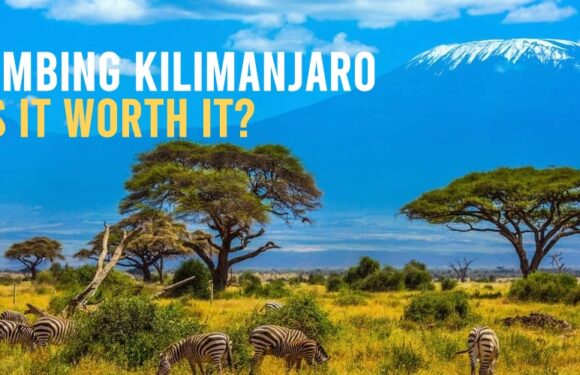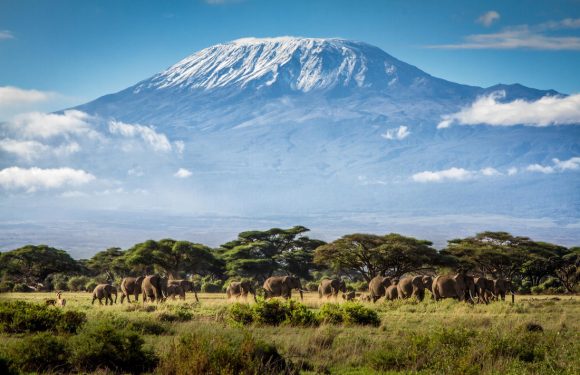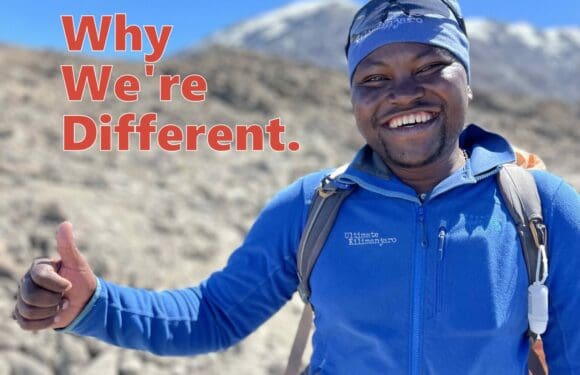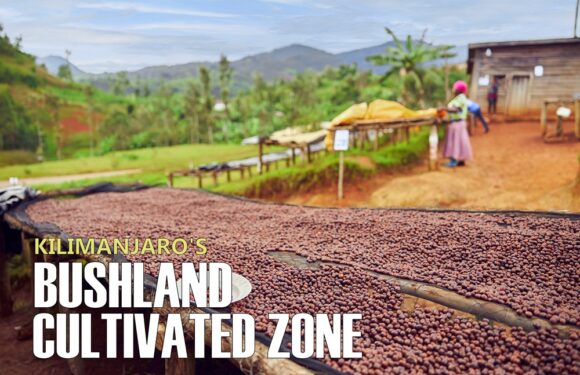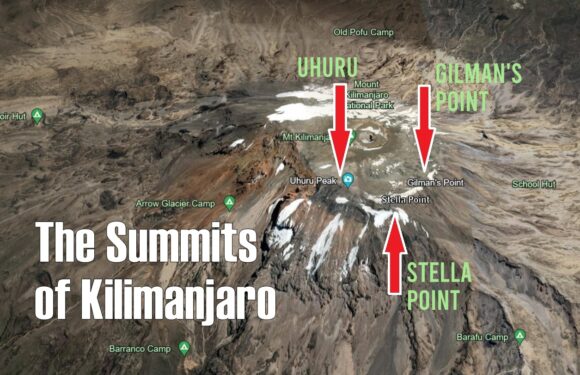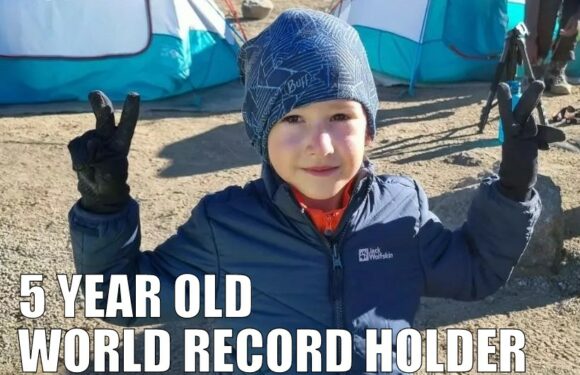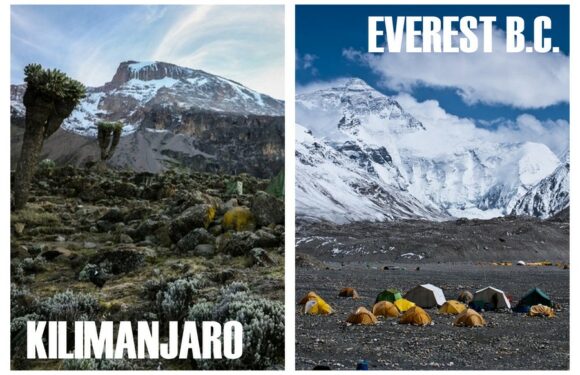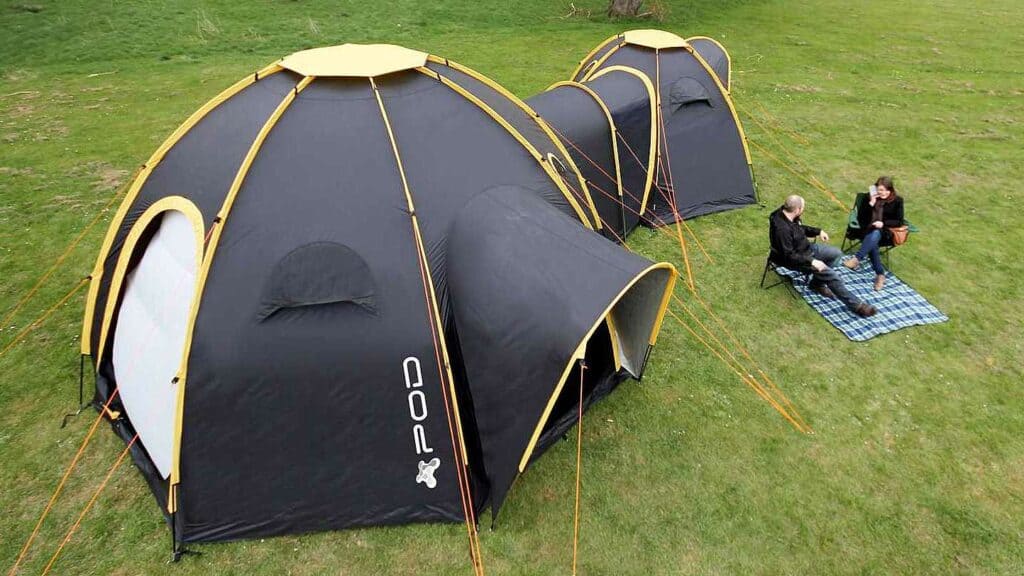
Recently, we have been seeing Kilimanjaro companies advertising the use of “walk-in” tents.
These are large, oversized tents that are tall enough that you can stand up inside the shelter. Some walk-in tents are modular and can be connected with tunnels to form a large indoor space. While spacious and cozy under certain circumstances, walk-in tents are not suitable for alpine environments, including Mount Kilimanjaro, and should be avoided.
Here’s why.
Inadequate Warmth
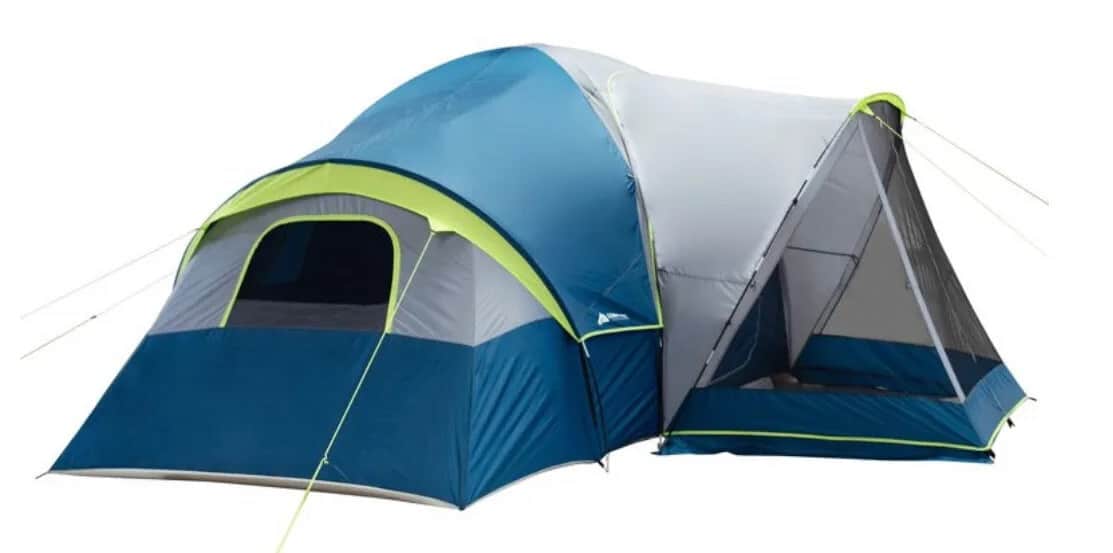
Walk-in tents, given their generous dimensions, have substantial interior space. This is being sold as a benefit on Kilimanjaro, but the truth is that this actually is a drawback.
The high altitude on the mountain will likely expose climbers to freezing temperatures, especially at night. In cold environments, the excess air space of walk-in tents results in poor warmth retention. It requires more energy to maintain a comfortable temperature inside a large, voluminous tent. Any body heat generated by the occupants dissipates quickly. In other words, a walk-in tent is colder, probably much colder, and can sap your energy while you rest.
Vulnerability to Wind
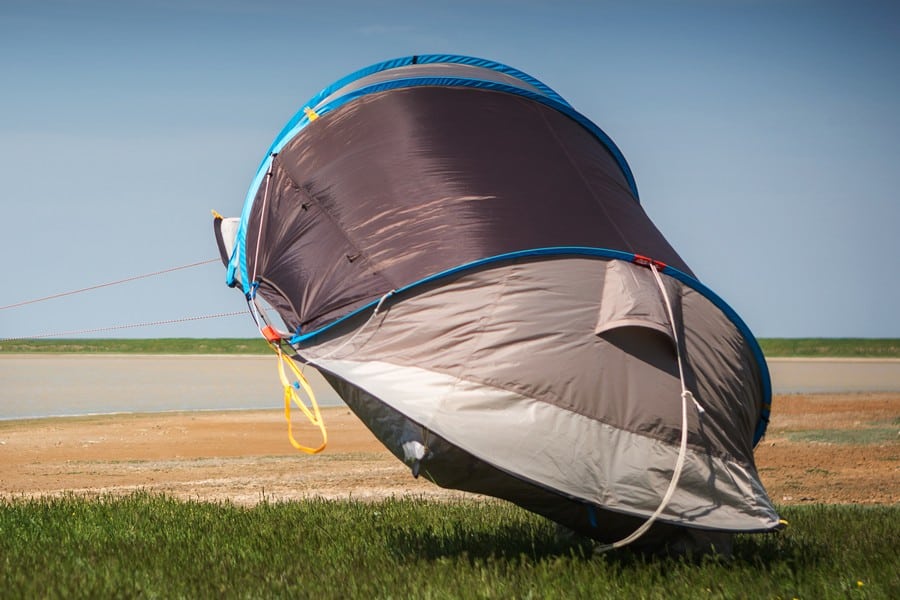
The structure of walk-in tents makes them vulnerable to high winds. Their taller, less streamlined profile catches the wind much more than their low, dome-shaped counterparts. This lack of aerodynamics can lead to walk-in tents being uprooted or blown away, endangering the safety and well-being of climbers. Low, dome-shaped tents minimize wind resistance, offering more stability when facing Kilimanjaro’s weather conditions.
In one instance where there were exceptionally strong winds on the Kilimanjaro, many campers lost their tents to the powerful gusts, estimated to be upwards of 70 mph. We did not lose any of our tents, fortunately. But, walk-in tents would not have fared well in these conditions. If dome tents are on the cusp of failing, walk-in tents will not survive.
Inadequate Against Snow
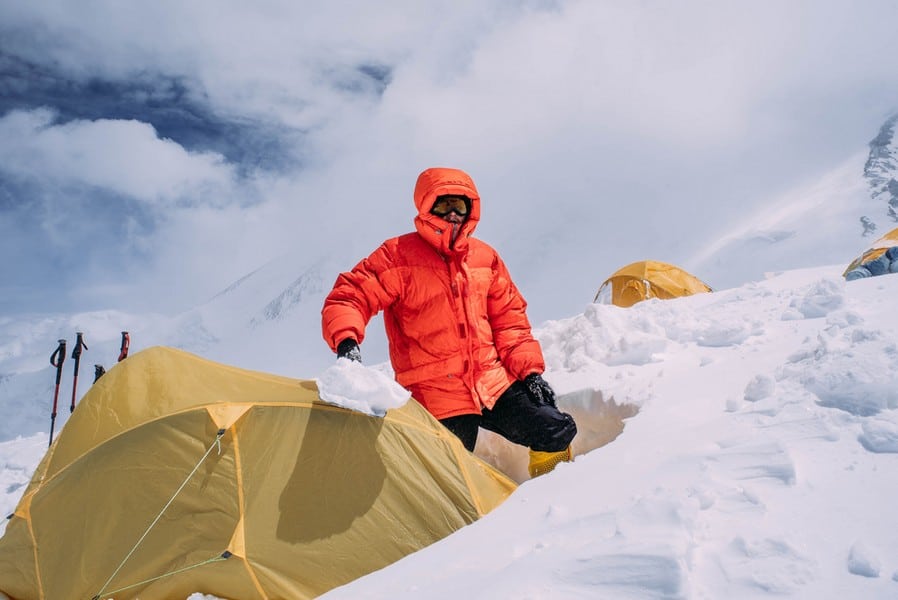
There is always the potential for heavy snowfall at high altitudes. Most walk-in tents are designed with vertical walls and ample headroom. These features compromise the tent’s ability to shed snow efficiently. Snow that gathers on a tent can exert considerable pressure and weigh down the structure. This can lead to bending or snapping of poles, tearing of fabric, or complete collapse of the tent.
Walk-in tents can lack structural integrity under the weight of snow, while dome tents, with their sloped sides, are inherently better at preventing snow accumulation.
Our Mountain Hardwear Tents
For the above reasons, walk-in tents are not appropriate for use on Kilimanjaro.
Climbers should be mindful of the tents they’ll sleep in, making sure they are specifically designed for alpine environments. These tents must be strong and sturdy, featuring low profiles, aerodynamic shapes, and pole geometries that allow them to bear substantial snow loads and powerful winds.
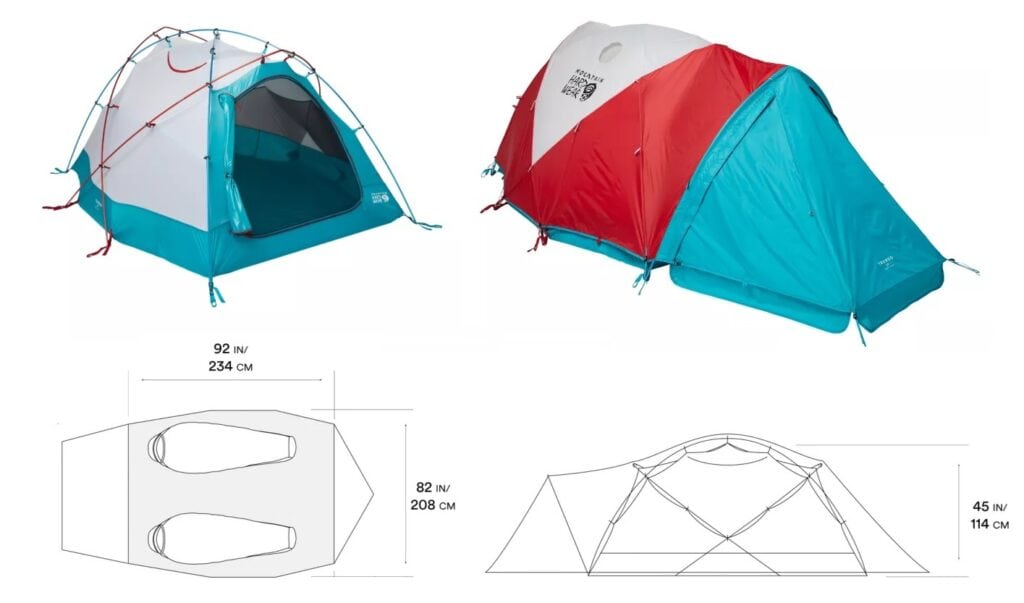
Our clients sleep in Mountain Hardwear Trango 3 tents, a tried and true model that has been used in mountaineering expeditions worldwide since 1995. These high quality, geodesic-dome tents are built for the toughest alpine conditions. They have a low profile design, measuring 45 inches (114 cm) in height, and sit low to the ground.
We use a three-person sized tent to comfortably house two occupants, plus their gear. The interior floor space is 48 square feet, with a large vestibule, dual doors, and internal mesh pockets. The Trango 3 is a fully waterproof tent with fully taped seams and welded corners.
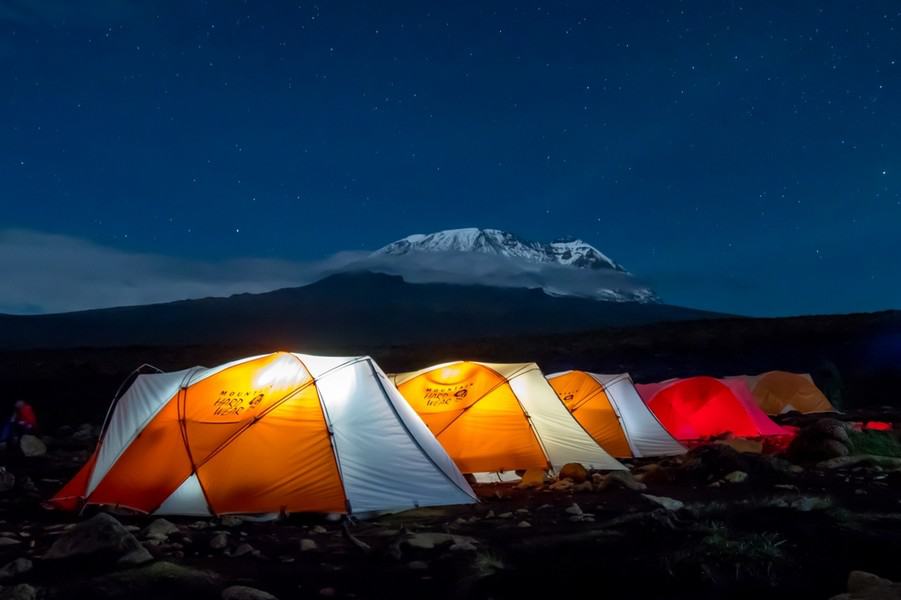
In summary, while walk-in tents offer certain advantages in terms of space and comfort, their structural design makes them unsuitable for the challenges of climbing Kilimanjaro.
Our Trango 3 tents have a proven record of performance in alpine conditions, ensuring that our clients have a safe, warm, and secure place to rest while ascending Africa’s highest peak. The right tent not only shields climbers from the elements but also contributes to the overall success and enjoyment of the experience.





















































